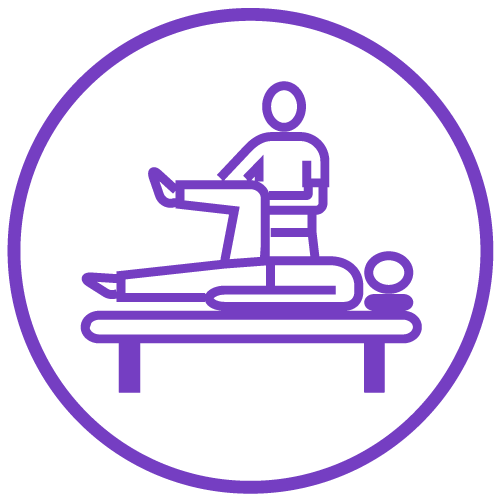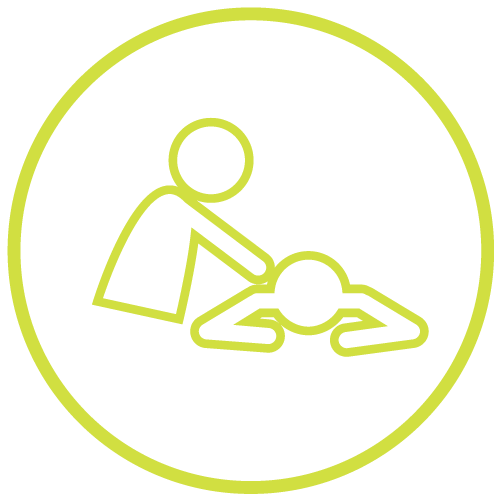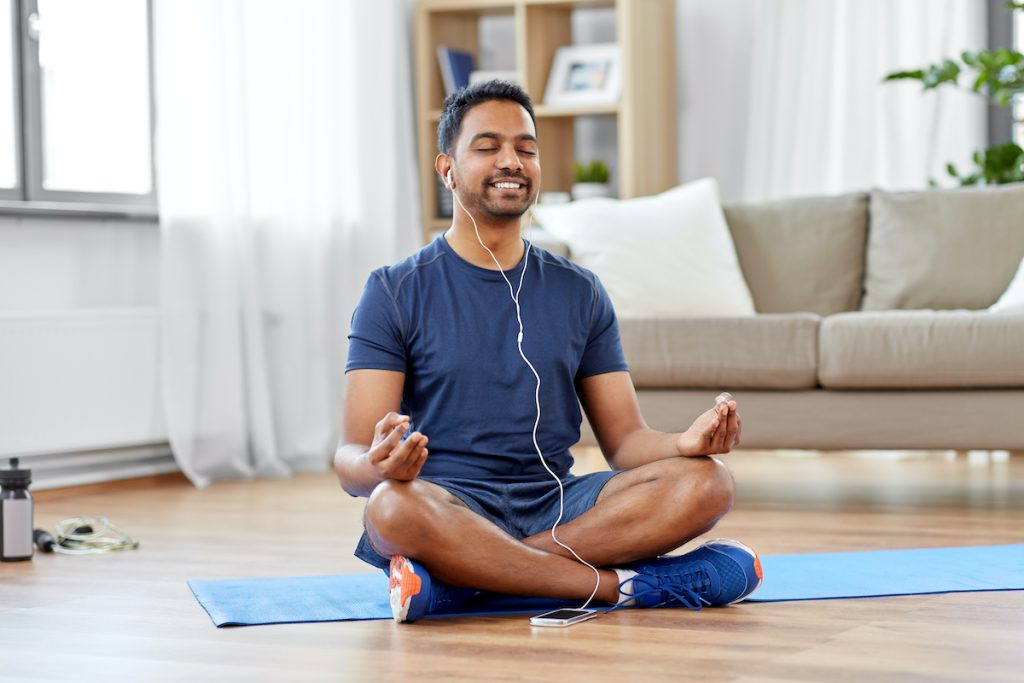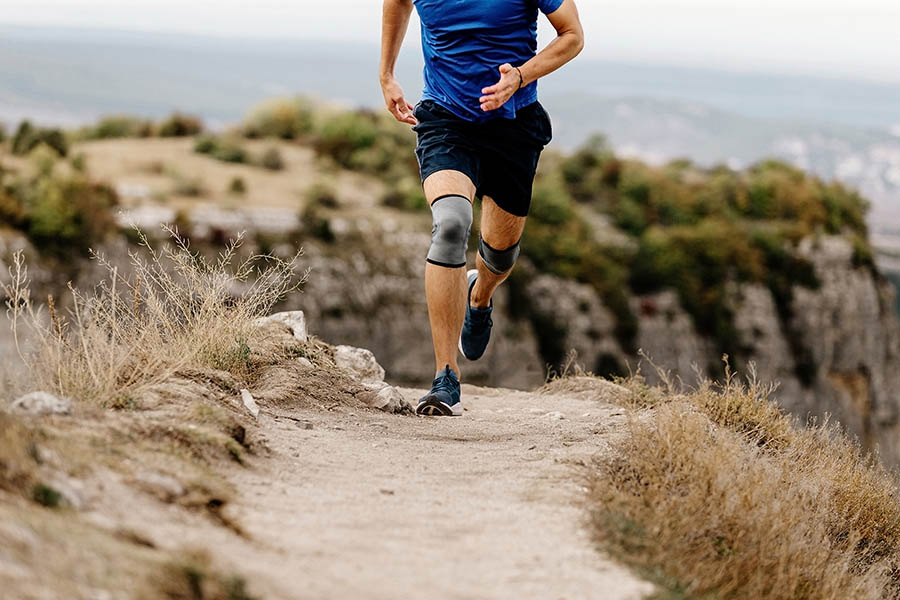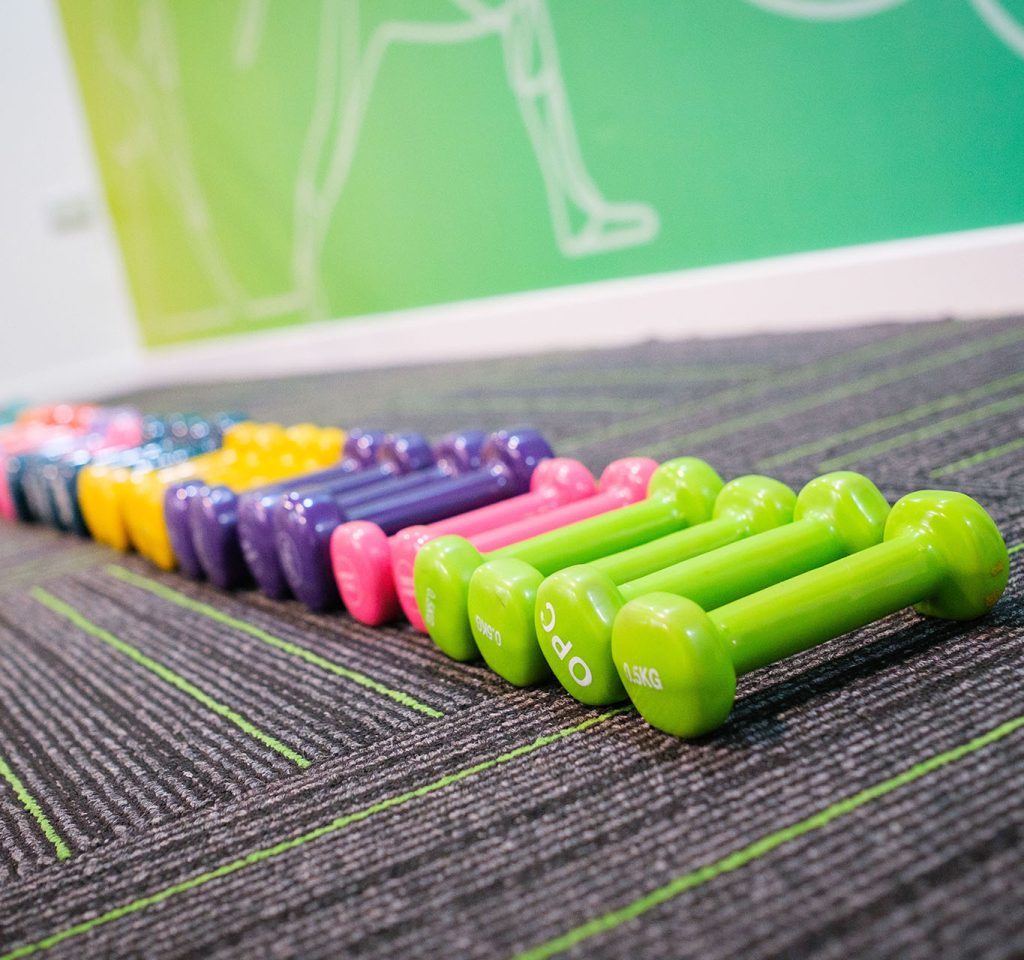Running is one of the most accessible activities people can do since it can be done pretty much anytime, anywhere. You don’t need a gym, or any equipment, just a footpath and some trusty sneakers. But because of that, there are a lot of simple mistakes people overlook while going for a run.
When you hit your stride, going for an afternoon or morning jog feels amazing. Best of all, it’s a consistent exercise you can do wherever you are. But there are some things every runner should avoid if they want to stay fit and healthy.
Running With Poor Form
The problem with running is that pretty much everyone can do it, but because of that, very few (outside of athletes) have been shown how to run properly. So if you’ve been running your whole life, how do you know if you’re running wrong? Well, signs of poor running form can be quite easy to spot. Pain and muscle tension, especially in areas that shouldn’t hurt (back, shoulders & neck), are the clearest signs that you may need to improve your posture and form. You may also experience common overuse issues faster than normal (shin splints, runner’s knee, etc.).
Solution: Keep your body upright while you run and focus on not letting your posture slip. Once you start slipping, slow down to a light jog with good posture, or a walk.
Signs of good running form are:
- Slight forward lean (not arching back)
- Neck straight and back
- Shoulders neutral
- Activated core
- Controlled strike with floor
- Even stride distribution between legs

Hitting The Floor Hard With Your Feet
There is quite a bit of division on if you should run heel to toe or toe to heel amongst sports therapists and podiatrists; however, both can be viable. The main issue is how much force you’re pushing through your feet when you strike the floor. A good run feels more like a glide where you’re transferring momentum with each step. If you can feel your feet slapping or hitting the ground sharply, this is more likely to result in injury down the line. Can’t tell if you do this? A poor stride often causes more tension or stress in your knees and other joints. You’re also more likely to experience foot pain, especially where you land initially.
Solution: Focus on your gait and stride when you run. Notice how your foot strikes the ground and make sure that motion is smooth, not jarring. Try landing with a few different foot strikes to test what’s most comfortable for you. The three most common strikes are:
- Heel strike (landing heel first)
- Mid-foot strike (landing with heel and toe at the same time)
- Toe strike (landing toe first)
Wearing The Wrong Shoes
Not all shoes are made equal, and style points don’t translate to safety points. Wearing old runners or the wrong type of shoes can lead to injury. Things like trainers, skate shoes, or basketball shoes are often mistaken for runners, but they haven’t been engineered for that job. Running in the incorrect footwear can result in complications like foot pain, foot cramps, regular blisters, hammer toes, toenail growth issues, bunions, tendonitis and more. They can also shift your foot posture, which may compound into more severe issues throughout the body.
Solution: It’s important to wear shoes that were designed for running to avoid these issues. If you have purchased proper footwear and these issues persist, you will likely need custom orthopedics from a podiatrist.
Going Too Far Too Early
That sense of progression is a huge reason why passionate runners love the sport so much! But, before you go all Rocky and tackle a massive run, make sure your body has gotten used to ‘Going the Distance’.
A lot of new runners get excited to smash goals and push their bodies, but long runs tend to result in long recoveries. Sure, you may be feeling great in the moment, but if your body is only used to 5ks and you push that to 10 one afternoon, you may be feeling worse for wear the next day. When that happens, you actually lose progress because you will need a longer recovery period before you are ready to run again. Pushing your limits also may increase your chance of sustaining injuries like shin splints or ITB syndrome.
Solution: It’s good to be conservative, especially while setting goals. We get it, that hunger to set your PR as high as it can go. By increasing your PR slowly, rather than rubberbanding between high and low performances, you are less likely to get injured and can keep up the regular momentum. For best results, increase your mileage by no more than 10% per week. It’s also advised that you start slow and then focus on increasing speed gradually as you go.
Losing Control Down Hills
Hills tend to be a runner’s bane! New and experienced runners alike hate them; they slow your time and can tarnish your speed stats. So what do most runners do? Try to dash up as fast as possible and go down the other side. That’s where the issue lies. If you go down hills with huge steps, an arched back and very little control, you put yourself at a much higher risk of injury.
Firstly, you’re tempting gravity. Those big, uncontrolled strides turn into a tumble very quickly. Secondly, you’re putting a lot of pressure on your knees and back as you try stabilising yourself on the descent.
Solution: Take it slower while going up and down hills. Don’t lean back to brake. Lean forward slightly and keep your shoulders just slightly in front of your hips. Above all, ignore the temptation to overstride. You want your centre of gravity to stay stable as you decline.
Not Doing Structural Training
Running doesn’t necessarily train all the muscles needed to run efficiently. Particularly, your hip flexors, abs and back muscles are all important for maintaining correct form, but they’re unlikely to develop if you’re not doing other exercises.
Solution: Never rely purely on running for fitness. For best results, you should have a diverse fitness regime that trains your entire body.
Not Giving Your Body The Right Fuel
Many people see cardio as the fastest way to burn calories. Because of that, they may consider running on fumes (nothing in their stomach) to maximise calorie burning. All this will do is cause fatigue, low energy and may diminish your interest in running.
Solution: Eating a light snack about 1 ½ hour before a run will give you enough energy to burn. If calorie burning is your goal, a muesli bar, banana or some nuts will keep you energised, without contributing too much to your calorie count.
Keep Running Strong By Checking In With BodyViva
Running is an amazing way to stay fit and healthy all year round! If you want to make sure your running as efficiently as possible, contact BodyViva today to meet one of our physiotherapists. If you experience any kinds of pain or irritation during your runs, book an appointment as soon as possible.



